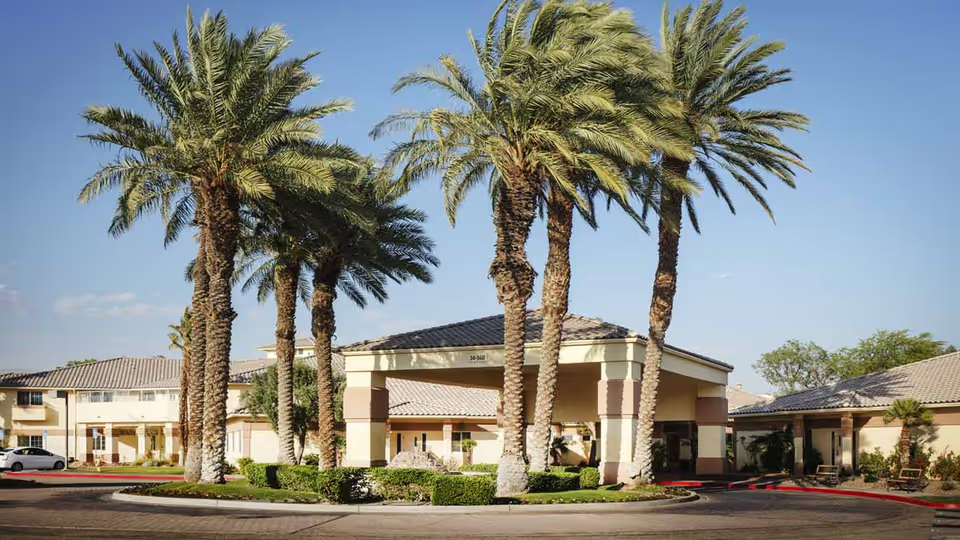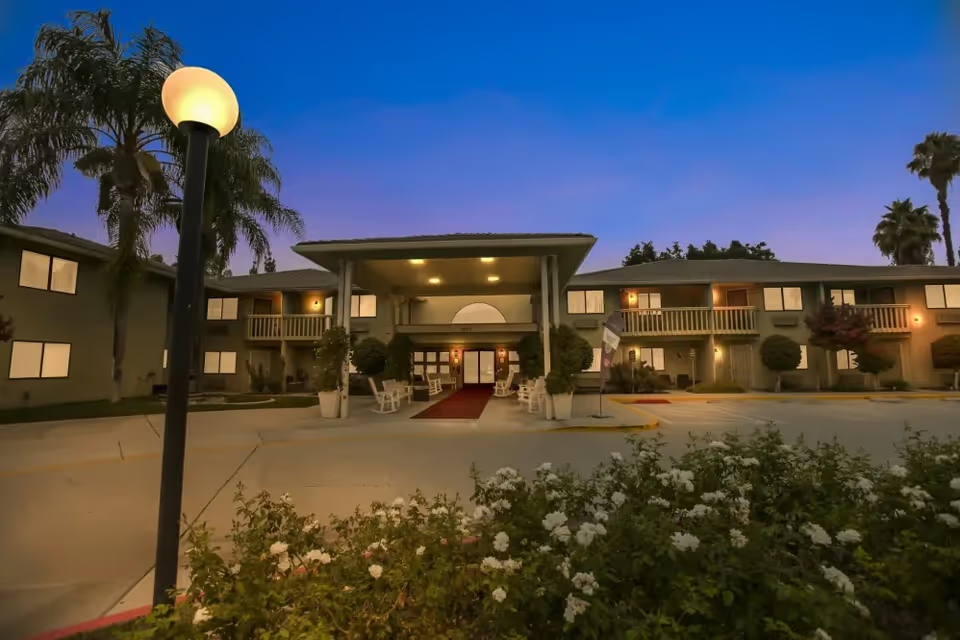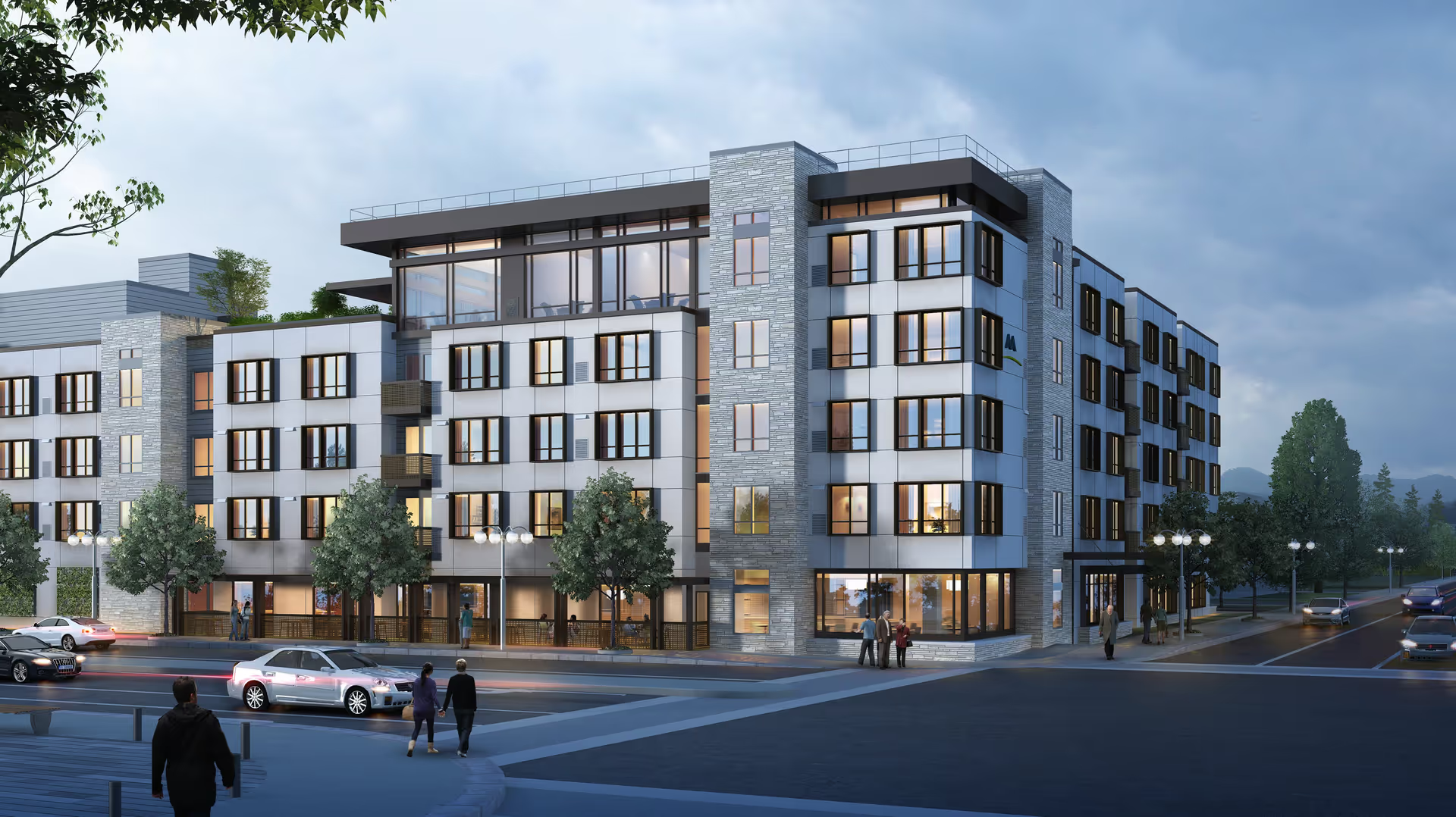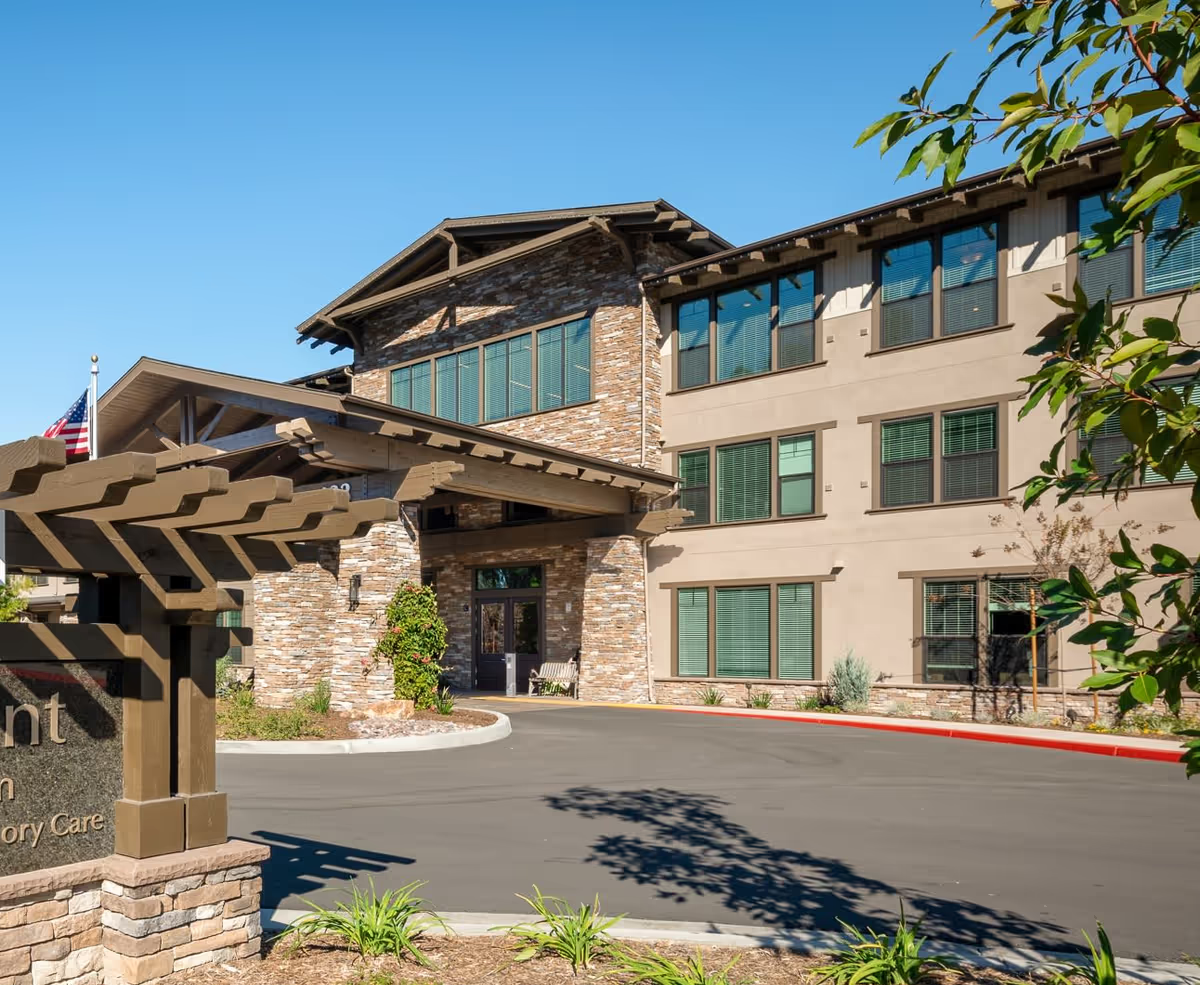Overall sentiment in these reviews is mixed but consistent around a few clear patterns: Horizon Health And Rehabilitation Center is repeatedly praised for its rehabilitation services and for many individual staff members who are caring, friendly, and effective. However, the facility also receives frequent and serious criticism for inconsistent nursing care, understaffing, dining quality, administrative communication, and occasional clinical safety lapses. The reviews present a facility that delivers strong therapy outcomes for many patients but struggles with day-to-day nursing responsiveness, facility maintenance in some areas, and consistent execution of basic patient needs.
Care quality and clinical issues: Therapy (physical and occupational) emerges as the strongest, most consistently positive theme. Many reviewers report good rehab outcomes, encouraging therapists, and meaningful improvement in mobility and function. In contrast, nursing and basic clinical care are uneven. Recurrent complaints include long delays in responding to call lights (often 30–50 minutes in negative reports), delayed or missing pain medication, and after-hours limitations in care. Several reviewers reported serious clinical problems: wound-care lapses, pressure sores, wound vac issues, urine on floors, readmissions to hospital, and a few accounts describing unsafe transfers or neglect. These instances—though not universal—are significant because they reflect risk to resident safety and dignity. There are multiple accounts of incontinence management failures (wet clothes for extended periods, lack of timely bathroom help) and missed showers or clean linens, which point to staffing and workflow problems affecting patient hygiene.
Staffing and staff behavior: Reviews frequently mention devoted aides/CNAs and therapists who go above and beyond; many families singled out particular staff as compassionate, attentive, and encouraging. At the same time, reviewers commonly report understaffing, frequent turnover, and days or shifts when insufficient staff are present. This staffing variability appears to drive a lot of the uneven experience: when skilled, attentive staff are on duty the experience is described as excellent; when staffing is thin or the shift includes less engaged personnel, the reviews document delays, rudeness, and poor follow-through. Several reviewers call out specific leadership or nursing staff as problematic (e.g., head LPN described as rude or dismissive). Communication from staff is likewise inconsistent—some families praise clear, protocol-driven updates and case manager involvement, while others report being left uninformed, receiving no notice about discharge, or being misled by discharge planners.
Facilities, cleanliness, and environment: Many reviewers describe the facility as very clean, pleasant and well-maintained, with daily cleaning and buffed floors. However, a substantial minority report troubling cleanliness lapses—urine odor, unclean areas under beds, rusty equipment, missing supplies (towels, washcloths, toilet seat covers), ants in rooms, and general signs of an older, poorly maintained building. Rooms are repeatedly characterized as small or cramped and occasionally with broken furniture or no TV/phone. There are also repeated mentions of noise at night from carts and equipment, which can disturb sleep. Overall, while housekeeping is frequently praised, there appears to be inconsistent execution across shifts or sections of the facility.
Dining and nutrition: Dining is one of the most polarizing topics. Many residents find the food bland, cold, or unappetizing and note poor execution (meals served cold, food thrown away, lack of flatware, packaging issues). Several families said they had to supplement meals or bring favorite foods from home. On the other hand, a number of reviews report acceptable or good meals, and some dietary restrictions are accommodated. The pattern suggests inconsistency in meal preparation and service practices; while nutrition may be adequate overall, palatability, temperature, and adherence to special diet requests are areas of recurring dissatisfaction.
Communication, administration, and safety processes: Communication practices vary widely. Positive reports highlight proactive case managers, frequent family updates, and staff who promptly address problems. Negative reports cite poor record-keeping, unreturned calls, lost or missing items, discharge planning problems (not informed about early discharges or misled), and insufficient physician involvement (no on-site doctor or lack of doctor responsiveness). Safety concerns are raised in multiple reviews—call buttons out of reach, long waits leading to accidents, lack of identity verification, and some accounts of transfers or removals that felt unsafe. These administrative and procedural gaps compound the clinical and staffing concerns because they affect continuity of care and trust.
Activities and patient experience: Activities and therapy sessions are seen positively by many reviewers; organized activities (Bingo, entertainment) and engaging therapists contribute to a sense of progress and wellbeing for residents. Some reviewers, however, wished for more aggressive or longer therapy sessions, noting therapy time being limited to short daily windows (15–20 minutes) in some cases.
Notable patterns and final assessment: The dominant pattern is variability — experiences hinge strongly on which staff and which shift a resident encounters. Therapy and many individual staff members receive high praise, making the facility a solid option for rehabilitation-focused stays when therapy is the primary goal. Yet significant, recurring issues around nursing responsiveness, understaffing, dining quality, inconsistent cleanliness in specific incidents, administrative communication failures, and occasional clinical safety events are important red flags. Families considering this facility should weigh the strong therapy reputation and many positive staff interactions against the documented risks related to nursing staffing, call response times, food quality, and administrative mix-ups. Prospective residents and families may want to ask targeted questions about nurse-to-resident ratios, night-shift staffing, wound-care protocols, medication/timing procedures, and discharge planning processes, and to identify point-persons (case manager or charge nurse) to improve consistency of communication and care.







